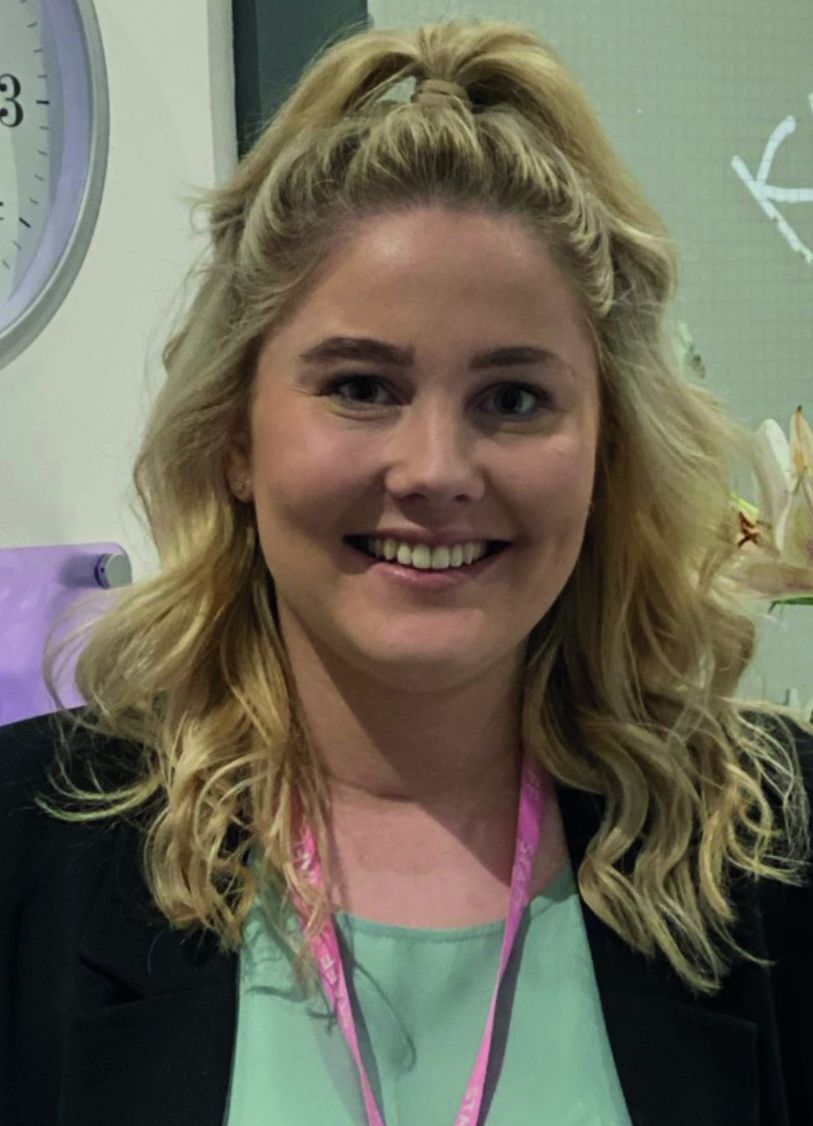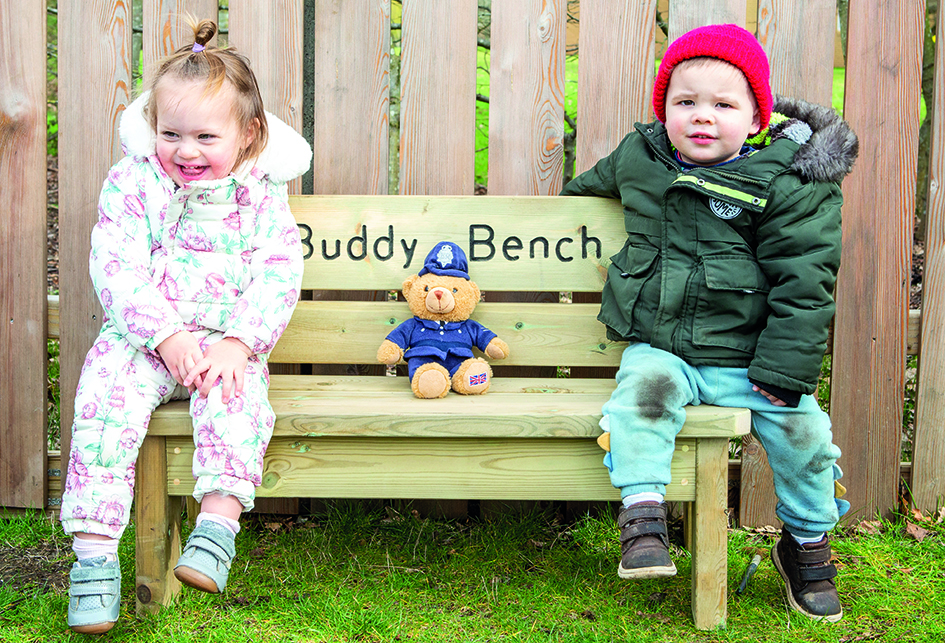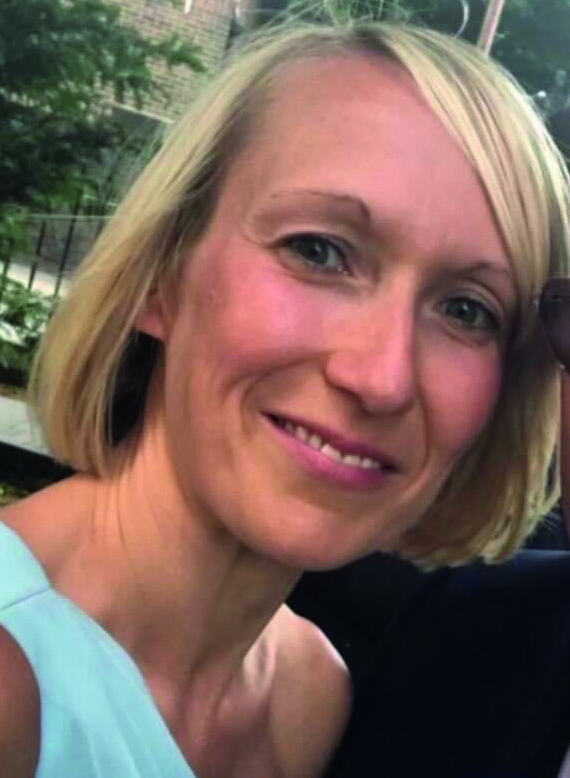
As September brings a new cohort of children, with different interests and requirements, many settings find they need to reassess and refresh provision to ensure it is fit for purpose. Sometimes it’s a case of introducing new resources, but more often it is about rethinking how existing space is used and giving what is already available a thorough spring clean and repair.
To kick off an audit of your provision, make the following check list:
- Throw away broken toys, putting aside any puzzles, shape-sorting toys, etc. that have parts missing – if the missing pieces fail to turn up by the end of the sort-out, throw these away too. When clearing out old, broken toys, take a moment to consider the value of replacing them – maybe just having the extra free, uncluttered space to move around in would be just as much fun as extra equipment.
- Incorporate learning opportunities into your tidying-up routine by using an assortment of different coloured tubs for different toys. Children will start to associate the red tub for the cars, blue tub for the bricks, etc. When learning is made practical like this – given meaning – it can be easier for many children to absorb. Also, turn your end-of-year clean-up into an activity in itself. Choose a sunny week for a big washing day, with children scrubbing all the bikes, bathing the dolls and washing doll’s clothes before hanging them out to dry – lots of fun!
- Get everyone involved in making and laminating new signs for the display board, and don’t fall into the trap of thinking these jobs won’t take hardly any time to complete – they invariably take much longer than anticipated.
- Check your suppliers – are they still providing the best value for money? Shop around, it’s too easy to stick with the same supplier when you could be getting a much better deal elsewhere. Look at this across all areas of your operation; could it be worth using a frozen-food delivery service, for example?
QUALITY NOT QUANTITY
At the five-strong chain Kidzrus, practitioners continuously look at ways in which they can enhance the provision to meet the needs of new arrivals.
 Olivia Young, nursery manager at Kidzrus Nursery in Monton, Eccles in Greater Manchester, says, ‘Each term we complete a step back, pause and reflect document, with the practitioners in each room. This document looks at the interests of the children, gaps in development and overall room improvements. We reflect on recent months and devise a plan for the coming term, which then feeds into our visions, inspirations and values board. This ensures that staff are involved in developments across the nursery.’
Olivia Young, nursery manager at Kidzrus Nursery in Monton, Eccles in Greater Manchester, says, ‘Each term we complete a step back, pause and reflect document, with the practitioners in each room. This document looks at the interests of the children, gaps in development and overall room improvements. We reflect on recent months and devise a plan for the coming term, which then feeds into our visions, inspirations and values board. This ensures that staff are involved in developments across the nursery.’
She says the toddler room is the one which receives the most wear and tear. ‘Our lovely toddlers always manage to draw a nice picture on the walls and post little toys into small holes! We use interests like this to enhance areas, and we recently invested in an art studio where children can experiment with their creative sides using paint and other creative materials. Quieter periods such as half-terms and school holidays are always good times to have a move around and create new spaces for our inquisitive two-year-olds.’
According to Olivia, best value for money has to be natural resources – as there are so many rich learning opportunities in all weather, which is beneficial to children, parents and staff’s mental health and wellbeing.
‘We also use recycled materials and open-ended resources which parents and carers donate to the nursery – these complement our role-play areas; this way children can relate to and re-enact experiences from home,’ she says.
She adds, ‘We also organise regular litter-picks within our community and are often joinedby parents and families; a great opportunity for children and parents to meet outside of the nursery environment.’
 At The Old Station Nursery Group, the approach is very much ‘less is more’, chairperson Sarah Steel says. She explains, ‘We try and not fill rooms too full of “stuff” which may be distracting. When we buy new, we always go for wooden furniture, and through years of trial and error, we have discovered that you do get what you pay for, and toys that are designed for a group setting, not domestic use, really are better.
At The Old Station Nursery Group, the approach is very much ‘less is more’, chairperson Sarah Steel says. She explains, ‘We try and not fill rooms too full of “stuff” which may be distracting. When we buy new, we always go for wooden furniture, and through years of trial and error, we have discovered that you do get what you pay for, and toys that are designed for a group setting, not domestic use, really are better.
‘We are increasingly mindful of sustainability, and long life (with guarantees) and good customer service definitely prevents us from having such a throw-away culture.’
Sarah emphasises that taking a long, objective look at how the available space can be made as attractive as possible is a priority. ‘We tend to have an influx of new children, so it’s always good to move any younger children up and get them settled first,’ she says. ‘Remember that you want to make the room as inviting as possible, so think about setting up some exciting activities and anything that will catch their eye – including outside. Avoid a very noisy or crowded environment – basically, imagine how you’d feel, going into a new space.’
CASE STUDY: Johanne Hardwick, Surrey
 Johanne Hardwick is an early years educator providing home-based childcare in Woking, Surrey, through the Tiney childminder agency. She says, ‘I’m lucky to have a large garden and a husband who can make lots of our resources, which obviously saves a lot of money. For example, one project is a rainwater recycling system. We’ve bought the rain butts and we’re now in the process of working out how the pipework will run. This is the best time to sort it out as I have less children – just one or two over the summer holidays, instead of my usual four, with a couple of new children starting this September who will be just turning one, so I’ll be needing to get all the younger resources out again.
Johanne Hardwick is an early years educator providing home-based childcare in Woking, Surrey, through the Tiney childminder agency. She says, ‘I’m lucky to have a large garden and a husband who can make lots of our resources, which obviously saves a lot of money. For example, one project is a rainwater recycling system. We’ve bought the rain butts and we’re now in the process of working out how the pipework will run. This is the best time to sort it out as I have less children – just one or two over the summer holidays, instead of my usual four, with a couple of new children starting this September who will be just turning one, so I’ll be needing to get all the younger resources out again.
‘I like to plan activities and resources around the individual child as much as possible; something you can do when you’re looking after a small number of children. I use a two-week settling-in period during which time I find out the sorts of activities and toys children are drawn to – what their interests are.
‘We do a lot of gardening activities here, which are not just lots of fun but are great for teaching children about the lifecycle of plants and the natural world. Children get to follow the whole process from planting to cooking and cutting up at mealtimes.
‘My best money-saving tips when planning would be to see what materials you can source for free. My husband made our children’s paint wall out of old pallets we got from Facebook Marketplace, and I asked a local garage for some old tyres which we repurposed as garden containers. One tyre is used for mud play, one contains rocks and stones, and one is home to our stick and twig collection – children collect twigs when we’re out and about and bring them home to our “stick library”.
‘What I have learnt when buying new toys is that it’s the simple toys, encouraging open-ended play, that are the real best buys. When I started out, I bought the toys I thought you should buy – the peddle cars, prams, etc. – and these are part of the picture, but the multiple learning toys like building bricks and construction blocks can be played with in so many ways, becoming anything that children want them to be.
‘Sustainability plays a big part in the resources I buy, and a lot of settings want to go this way, but the cost of wooden toys has shot through the roof, so where possible I look to repurpose resources.
‘Storage is always a big consideration when planning your space. I invested in an outside storage shed, our “buggy hut”, which has proved well worth the investment. And definitely lots of stack and store boxes! Storage is something that needs plenty of thought, it’s so important, or everything takes over your home.
‘The best investment I ever made would have to be the quad buggy, even though it cost me more than my first car! It means I can take all four children out at once, have them all lying down if they get tired with lots of space underneath for storing all the stuff you need. My second-best buy: garden resources. Our climbing frame has three swings and a slide and lots of room to climb in a safe environment, or we throw an old sheet over it and it becomes a den. People always say that it’s like a park in our garden – it is.’
Becoming more eco-friendly
- Paper: Think of alternatives for the paper you use – for drawing and crafts, drying hands, kitchen paper, toilet paper, etc., try to use chlorine-free paper.
- Green miles: Think about using local suppliers and tradespeople wherever possible to cut emissions.
- Composting: Invest in some composting bins, and also water butts to collect rainwater for your plants – so much for children to learn from the whole process. You might consider going that bit further and investing in some composting worms too.
- Biodegradable products: Switch to biodegradable wipes, non-phosphate washing powders and eco-friendly, no-bleach cleaning products. Tops Day Nurseries has gone the extra mile and made the swap to reusable nappies, which they wash in their eco-friendly laundry hub and dry using heat generated by the washing machine operation.
RESOURCES
- Which? ‘Best reusable nappy brands for 2023
- 100 Grams Mixed Composting Worms – Wormcity. Includes leaflet. Amazon, £8
- 100L Black Slimline Space Saver Water Butt Kit Complete with Stand, Lid and Diverter Rain Saver. Amazon, £39.99
- 300L Outdoor Garden Compost Bin. Amazon, £18.47
- Trike and Bike Store. TTS – product code: FU11383. £479.99, tts-group.co.uk
- Little Tikes Jungle Climber – Outdoor Playset. Adventure Toys – product code: 440D. £349.99, adventuretoys.co.uk









